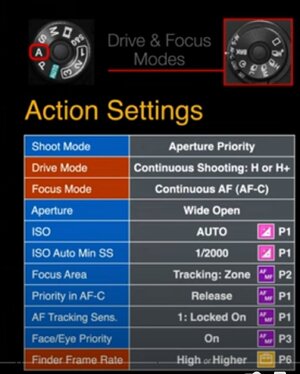Pro Member
- Followers
- 18
- Following
- 0
- Joined
- Oct 28, 2020
- Posts
- 3,353
- Likes Received
- 5,989
- Trophy Points
- 563
- Name
- Gary
- Country
- United Kingdom
Ok there is much chat on here about how good focus is how well your camera is set up so Lets talk about it, I will go first, 2 shots below one raw file straight out of camera converted to jpeg and the other a big crop finished image, shot on a9 mk1 200-600 at around 600 metres maybe more, first raw file 15.6 mb and finished image 1.6 mb. so lets talk about what you are doing and what you expect from your setup


- ILCE-9
- Sony FE 200–600mm F5.6–6.3 G OSS (SEL200600G)
- 600.0 mm
- ƒ/6.3
- 1/2500 sec
- ISO 500
- ILCE-9
- Sony FE 200–600mm F5.6–6.3 G OSS (SEL200600G)
- 600.0 mm
- ƒ/6.3
- 1/2500 sec
- ISO 500

